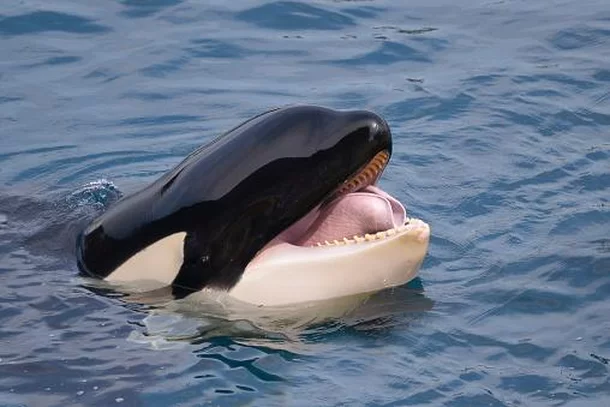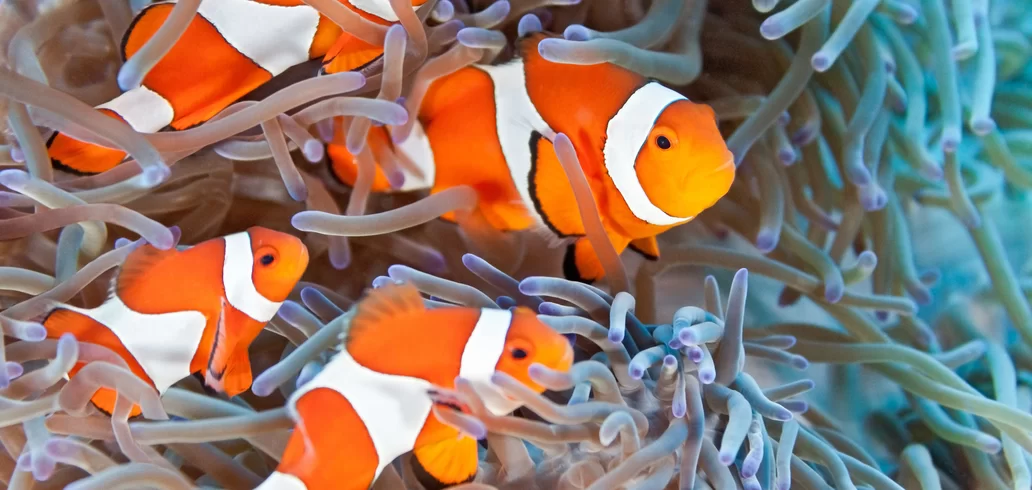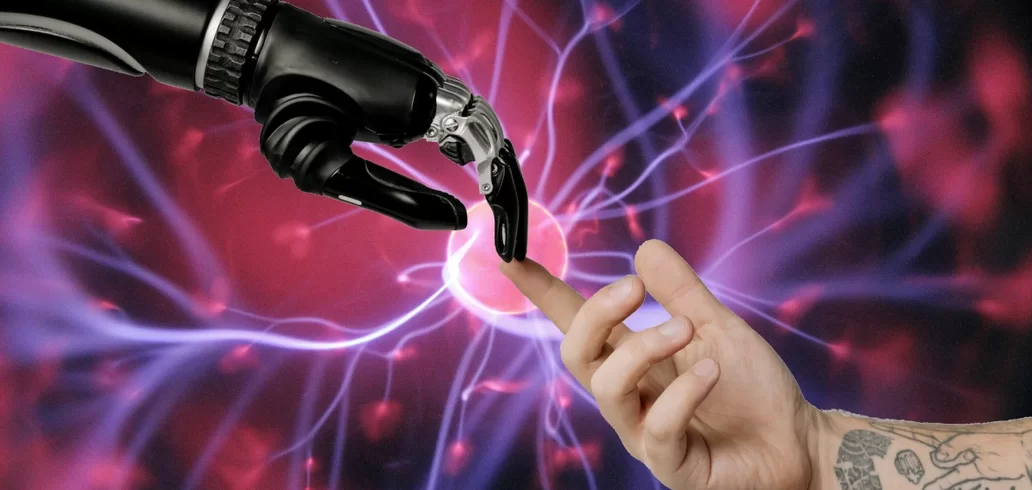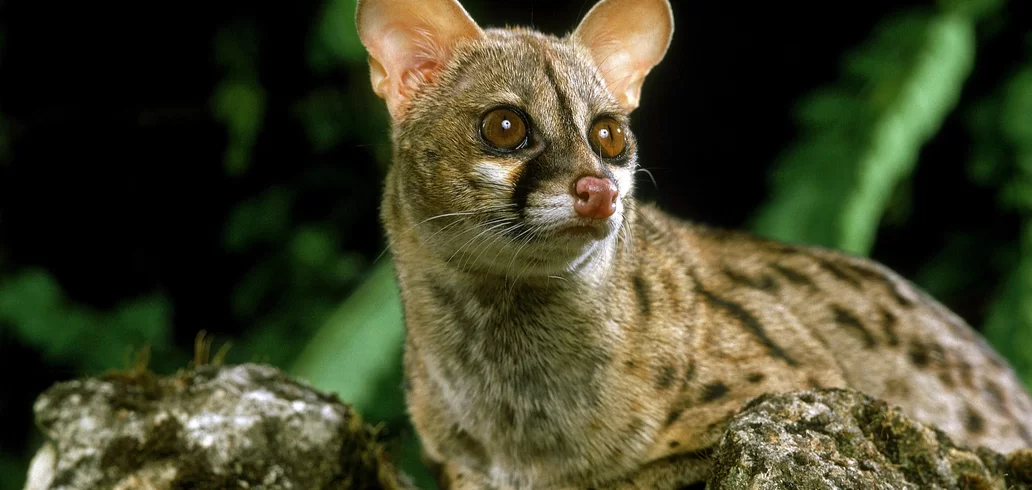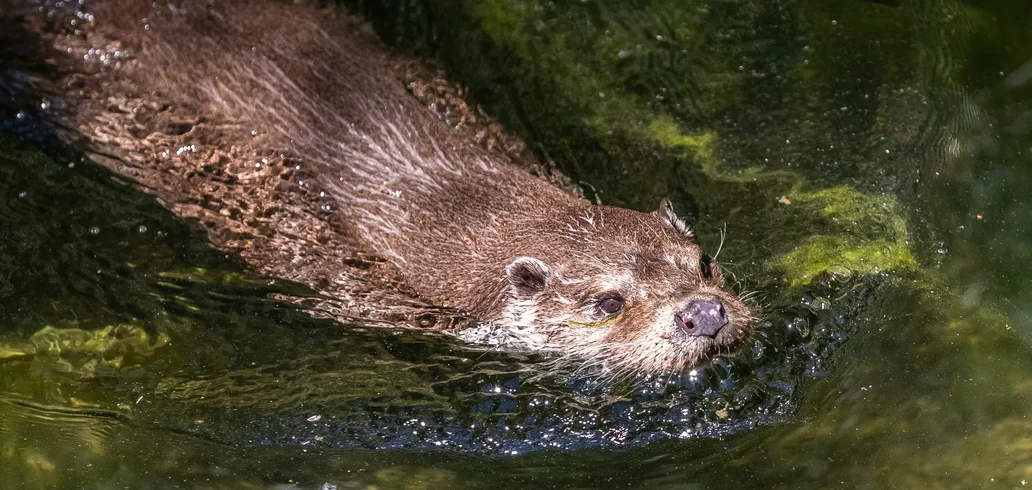Curiosities
Discover 6 Fascinating Creatures That Inhabit the Great Pacific Garbage Patch
Advertisement
Here are six remarkable animals that thrive in this harsh and challenging environment:
- Marine Rafts
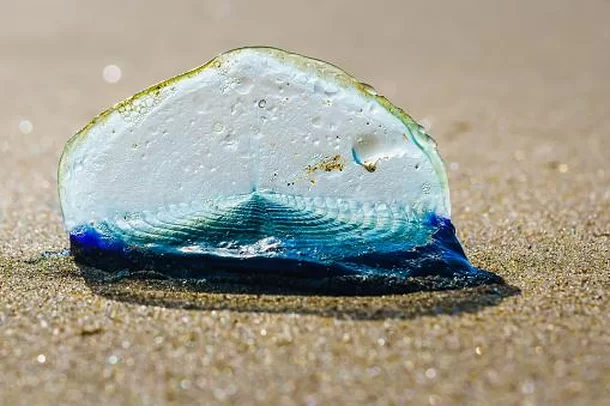
Discover 6 Fascinating Creatures That Inhabit the Great Pacific Garbage Patch
Sea rafts, also known as Velella velella, are notable for their unique appearance. With gelatinous, disc-shaped bodies measuring between 7 and 10 centimeters in length, and a bright blue sail that rises above the water, these creatures are able to move with the wind, thus justifying their peculiar name. They feed on plankton and microorganisms, often grouping together and floating together in a fascinating spectacle.
- Portuguese Man of War
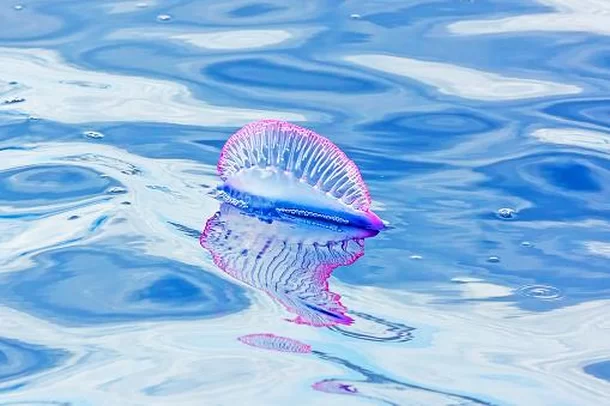
Discover 6 Fascinating Creatures That Inhabit the Great Pacific Garbage Patch
The Portuguese man of war, scientifically known as Physalia physalis, is often mistaken for a jellyfish. Using its long tentacles full of stinging cells to capture prey, these creatures then transport it to the central region of the colony, where the digestive process takes place. Its name is a tribute to its resemblance to 18th-century Portuguese warships, which sported triangular sails.
- Blue Button
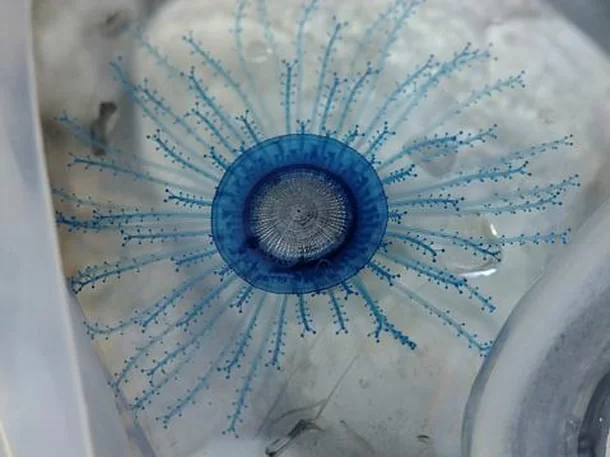
Discover 6 Fascinating Creatures That Inhabit the Great Pacific Garbage Patch
Blue sea buttons, scientifically known as Porpita porpita, are gelatinous organisms that belong to the jellyfish family. With a maximum diameter of 10 centimeters, they resemble small cushions or buttons and display a characteristic bright blue coloration. These creatures feed mainly on planktonic organisms, such as small crustaceans and fish larvae, using their tentacles to capture prey as it floats on the surface of the water.
- Violet Sea Snail
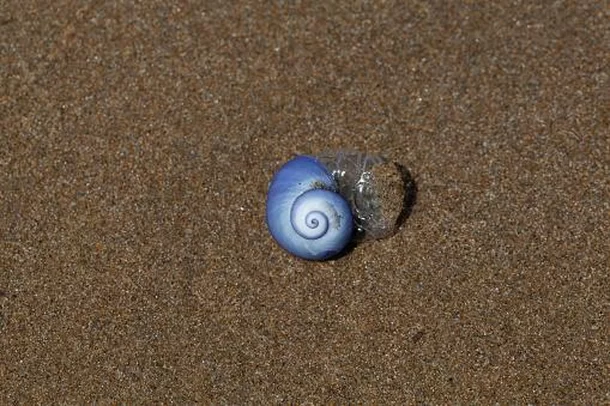
Discover 6 Fascinating Creatures That Inhabit the Great Pacific Garbage Patch
The violet sea snail, also known as Janthina janthina, is a marine mollusk that stands out for its purple-violet coloration. These snails have the remarkable ability to float on the surface of the ocean, thanks to a spiral shell that contains small air sacs, allowing them to remain in a floating position. Their diet consists mainly of planktonic organisms, such as small mollusks and crustaceans.
- barnacle
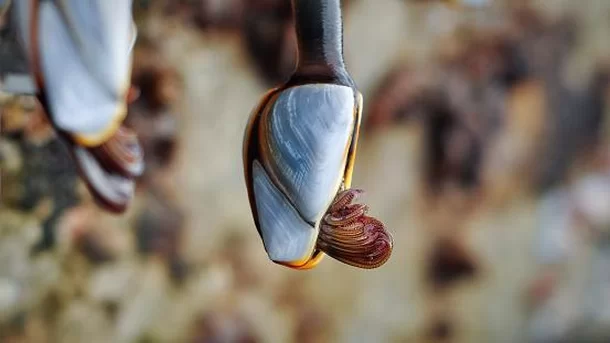
Discover 6 Fascinating Creatures That Inhabit the Great Pacific Garbage Patch
The barnacle, known by the scientific name Dosima fascicularis, is a species of crustacean that has a unique adaptation to living on the ocean surface. It resembles small cylindrical buoys, with a hollow, floating stem that projects above the water. This structure allows the barnacle to float on the ocean surface, where it feeds and reproduces. These creatures represent a fascinating example of adaptation to life in marine environments different from the traditional habitats of barnacles that attach themselves to solid substrates.
- Blue Dragon
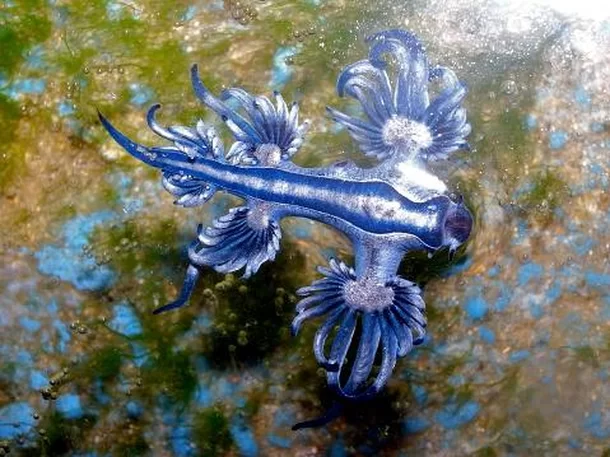
Discover 6 Fascinating Creatures That Inhabit the Great Pacific Garbage Patch
The blue dragon, or Glaucus atlanticus, is a vibrantly colored mollusk that lives in tropical and subtropical ocean waters. With an elongated, flattened body, it displays a bright blue coloration on the upper part and silver on the lower part, which helps it camouflage itself when observed from above. These mollusks are predators that feed on venomous jellyfish, such as Portuguese man-of-war, and are notable for their remarkable adaptation to the marine environment.
These six extraordinary creatures have found an unexpected home in this challenging landscape. As they rise to the challenges posed by plastic and other waste, they continue to amaze researchers and remind us of the crucial importance of protecting our oceans and the delicate balance of marine ecosystems.
Trending Topics
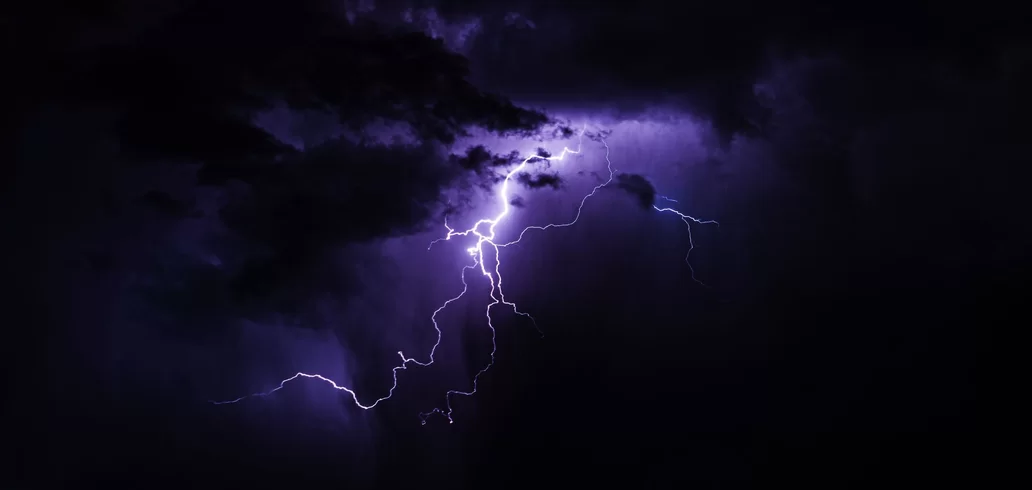
Dry or rainy weather: which scenario makes lightning more dangerous?
Find out whether dry or rainy weather makes lightning more dangerous and understand how weather conditions influence electrical discharges.
Keep Reading